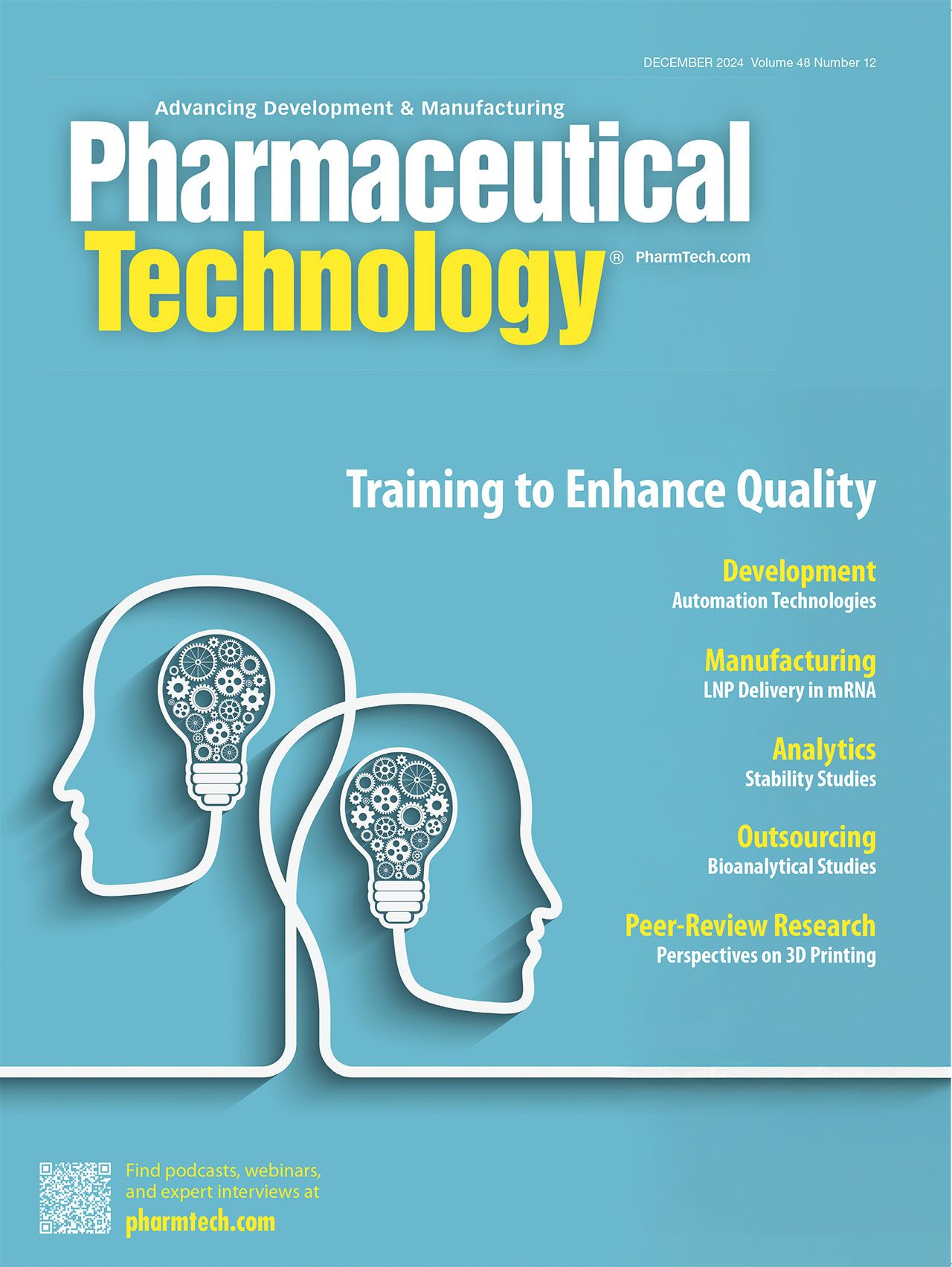Comparability in Accelerated or Stressed Stability Studies Using a Quality Range
A statistical procedure based on a quality range is proposed for demonstrating comparability between pre-change and post-change process slopes in an accelerated or stressed stability study.
3d rendering. Empty blank black metal sphere balance scale on white background. | Image Credit: ©PATARA – stock.adobe.com

To assess the impact of process changes, stability data (e.g., measurements of drug product over time) at recommended storage conditions are often required. Pre- and post-change degradation rates (slope over time) do not need to be identical, but do need to be highly similar, with scientific justification that any observed differences will not impact safety or efficacy. Because slopes at the recommended storage conditions are often quite small, the product is also exposed to non-recommended storage conditions (e.g., higher temperature) to quickly accelerate degradation. In comparability studies, it is necessary to demonstrate that the degradation rates (slopes) of the pre-change and post-change processes are comparable. Burdick and Sidor proposed a statistical test of equivalence that can be applied in these situations (1). However, it might be the case that practically sized experiments may lack sufficient power to perform the equivalence test. An alternative approach is proposed based on the quality range test recommended by FDA in their draft guidance for comparing biosimilars (2). This approach uses a visual interpretation of study results based on a heuristic rule for claiming process comparability.
Example
A typical study design used in an accelerated experiment requires L=3 lots from both the pre-change and post-change processes. There are typically T=3 time points measured on each of the six lots with one measurement per lot at each time point. Figure 1 displays plots of two data sets with L=3 lots, T=3 time points (t1=0, t2=14, and t3=28 days), and one measurement at each time point (a total of nine values for each process). The response variable is cation exchange (CEX) Main (%). The lines shown in the figure are the least square lines of fit for each of the six lots. The complete data set is provided in Table I.
Of particular interest is the comparison of the line slopes for the two processes. Slopes differ within each process due to analytical error. Differences between processes indicate a difference in degradation rate between the two processes and should be investigated for impact on safety or efficacy.
A visual representation that allows one to focus exclusively on slopes is provided in Figure 2. Here suitable constants have been added to each y-intercept so that they are all equal to the same (arbitrary) value.
Note in Figure 2 that the slopes from the two processes in Data Set 1 overlap the same region and there is no clear delineation between the two processes. In contrast, all three slopes of the post-change process are steeper than those of the pre-change process in Data Set 2, and there is no overlap. One might declare comparability in Data Set 1; whereas with Data Set 2, it appears the processes may not be comparable.
Quality range test for comparing slopes
The quality range test provides a statistical heuristic based on a visual comparison of the slope values of the pre-change and post-change lots. The quality range test was introduced by FDA in their 2019 guidance document for analytical comparison of biosimilar products (2). One can perform the quality range test for the accelerated study by following these steps:
Click here to read the articleAbout the author
Richard K. Burdick is principal of Burdick Statistical Consulting and Professor Emeritus of Statistics at Arizona State University.
Article details
Pharmaceutical Technology®
Vol. 48, No. 10
December 2024
Pages: 26–28
Citation
When referring this article, please cite it as Burdick, R. K. Comparability in Accelerated or Stressed Stability Studies Using a Quality Range. Pharmaceutical Technology 2024 48 (12
